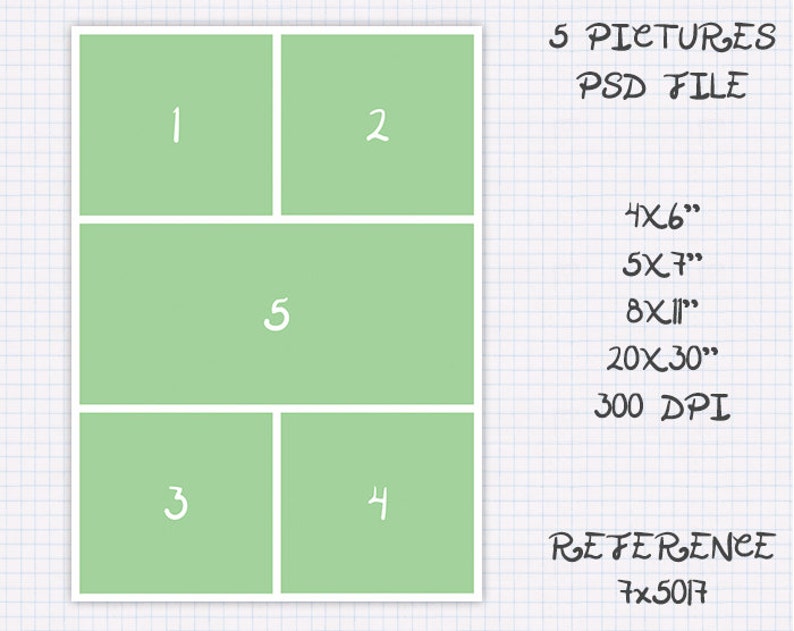
The User first calls the internet service provider’s router to establish the physical connection the request goes through the modem. However, the rest of the fields are the same as the HDLC protocol. The PPP frame contains two flag fields, a protocol filed to determine the type of packet residing in the payload, and a payload field which can variate. It can select the NCP (Network Control Protocol) for each supported network layer. This link control protocol is basically helpful in handling the synchronous and asynchronous circuits, and byte and bit-oriented encodings. A link control protocol is used for enabling the network lines, testing them, terminate them when no longer used. It is also beneficial in the detection of the errors. To clearly identify the start and end of the frame, the framing method is used on the asynchronous data. There are several features of PPP, which are discussed below. A point-to-point connection is obtained without assigning multiple IP addresses to the tangible wires, and it just needs the IP network number. All of the links collaboratively treated as single, independent IP network which is having its own frame format, hardware addressing method, and data link protocol. Priorly, the PPP protocol is not proprietary, which means that it can be used with two different type of devices without committing changes over the format of the data. PPP (Point-to-Point Protocol) is also a WAN protocol, but there are several enhancements made in the PPP protocol after HDLC. There several commands and requests fall under this category such as RESET, TEST, FRAME REJECT, REQUEST DISCONNECT, etcetera. Unnumbered format (U-Frame) – It basically extends the data link control functions. The commands and requests included in this are RECEIVE READY, RECEIVE NOT READY, REJECT, etcetera. Supervisory format (S-Frame) – The supervisory frames conduct the managerial functions such as acknowledgement, information transfer status, polling and error recovery. Information transfer format (I-Frame) – It transports the numbered frames in a sequential manner, which contain the information field. There are three types of frames information, supervisory and unnumbered. The HDLC uses a group of commands and responses for its working. Checksum field -In this field, the bits are reserved for the performing the cyclic redundancy code. Data field – This field is used to hold the information. Control field – The bits in the control field is intended for the sequence number and acknowledgements. Address field – It is used to describe the terminal. 
Frame format for the bit-oriented protocols Standard HDLC can have different devices in the ends. The Cisco proprietary HDLC only works when the devices in both of the ends of the link are of cisco. The default encapsulation protocol in the Cisco devices is the HDLC.

The frame structure of HDLC contains the address, control, data, checksum and flag fields. Here bit oriented approach signifies that the single bit is used to present the control information. The HDLC protocol follows the bit-oriented concept and uses bit stuffing for achieving data transparency.
Both SDLC and HDLC protocol are developed by IBM and submitted to the ANSI and ISO for the acceptance as the international standards.

SDLC is the predecessor of the HDLC which stands for the Synchronous Data Link Control protocol. The encapsulation of the data means to change the format of the of the data. HDLC (High-level Data Link Control) is a WAN protocol intended to perform the encapsulation of the data in the data link layer.







 0 kommentar(er)
0 kommentar(er)
